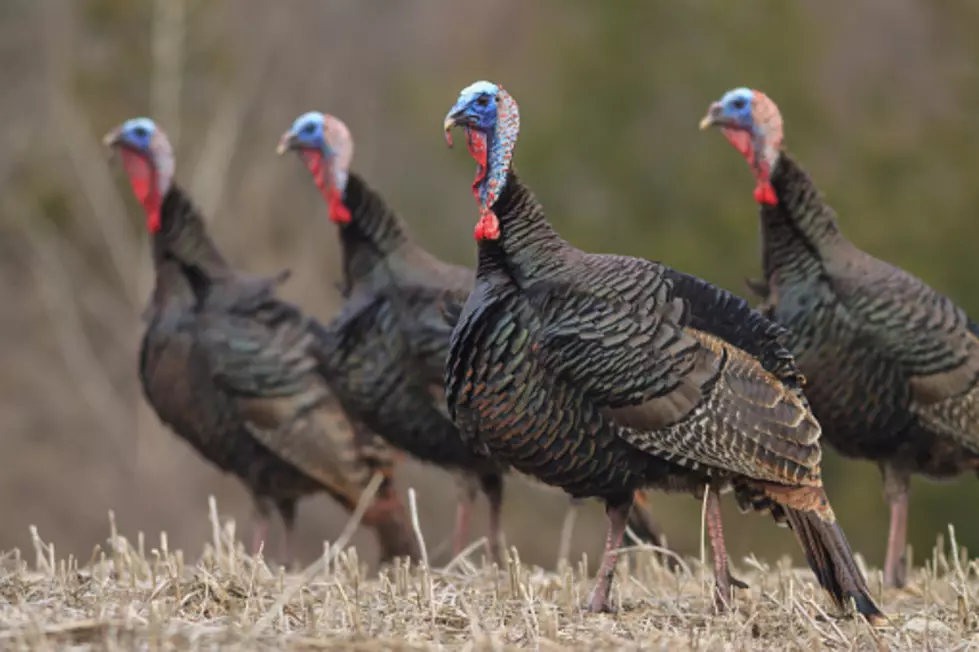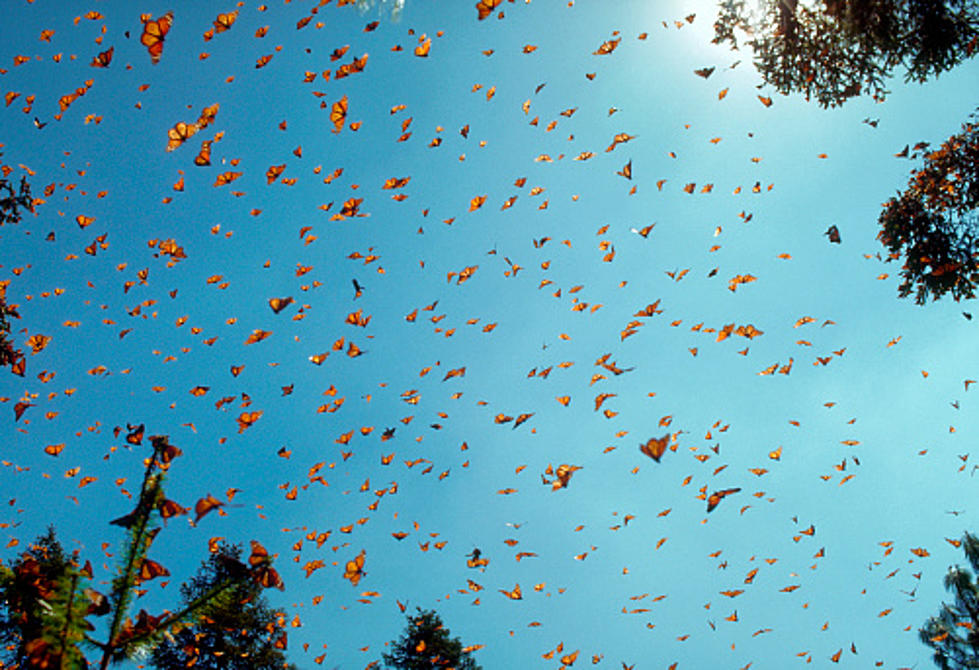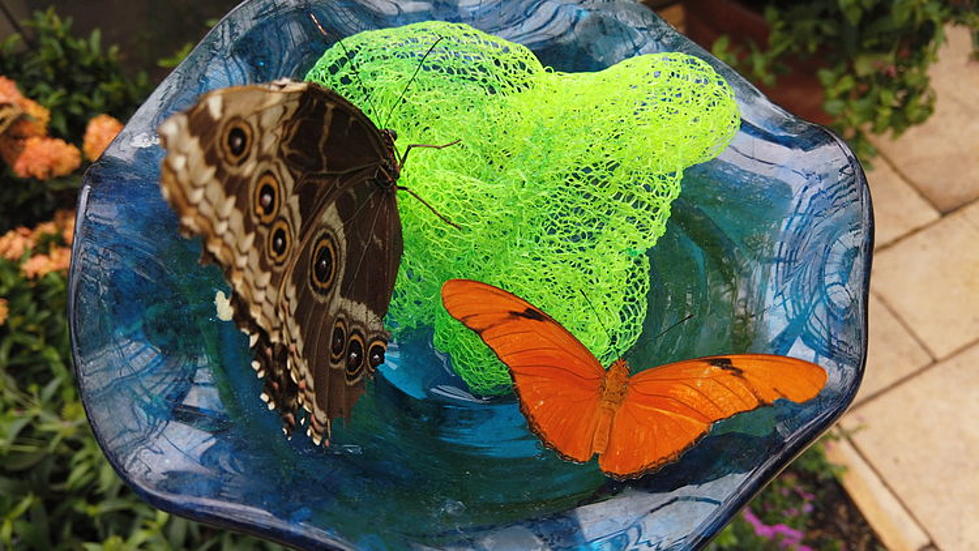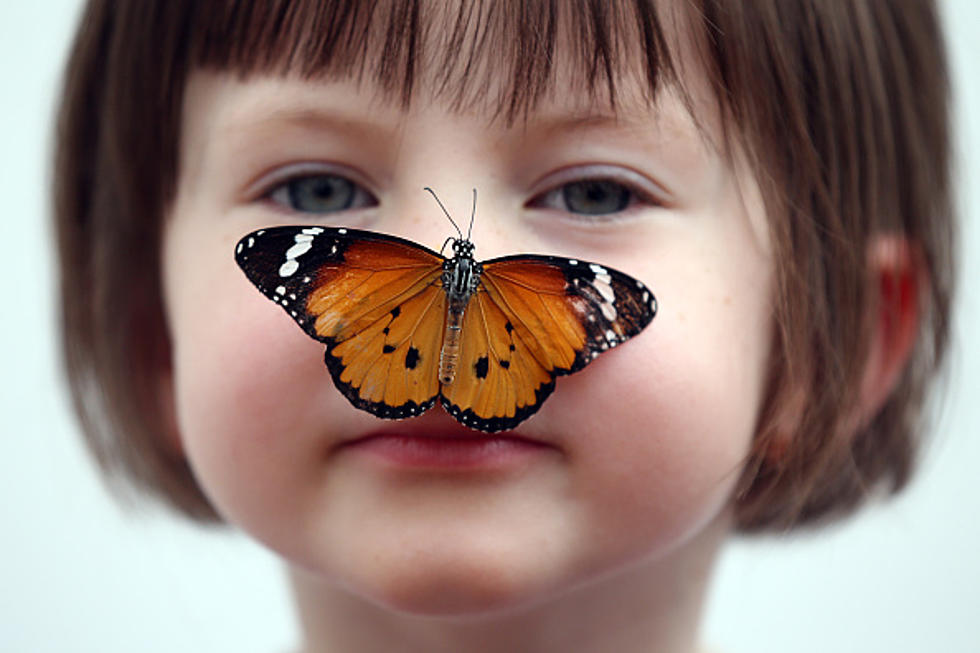
What Happened to All of the Monarch Butterflies?
My wife and I were talking about butterflies the other day (I know, how exciting, right?) and we both were wondering whether it was just our childhood imaginations, or are there a lot less Monarch butterflies around the Rockford area today than there were years ago? Turns out, it's not our imaginations.
The spark for our butterfly chat was the fact that we're seeing more Monarch butterflies around our yard this year than we've seen in several years. Since Memorial Day, my rough count of butterfly visits is at about 50. That's a good thing, since over the last few years, I don't remember seeing more than a handful. Many others have noticed the same thing.
A couple of Monarch facts that you may not have known, courtesy of Monarch-Butterfly.com:
- Monarch butterflies go through four stages during one life cycle, and through four generations in one year. The four generations are actually four different butterflies going through these four stages during one year until it is time to start over again with stage one and generation one.
- In February and March, the final generation of hibernating monarch butterflies comes out of hibernation to find a mate. They then migrate north and east in order to find a place to lay their eggs. This starts stage one and generation one of the new year for the monarch butterfly.
- In March and April the eggs are laid on milkweed plants. They hatch into baby caterpillars, also called the larvae. It takes about four days for the eggs to hatch. Then the baby caterpillar doesn’t do much more than eat the milkweed in order to grow. After about two weeks, the caterpillar will be fully-grown and find a place to attach itself so that it can start the process of metamorphosis.
- The monarch butterfly will emerge from the pupa and fly away, feeding on flowers and just enjoying the short life it has left, which is only about two to six weeks. This first generation monarch butterfly will then die after laying eggs for generation number two.
- The second generation of monarch butterflies is born in May and June, and then the third generation will be born in July and August. These monarch butterflies will go through exactly the same four stage life cycle as the first generation did, dying two to six weeks after it becomes a beautiful monarch butterfly.
- The fourth generation of monarch butterflies is a little bit different than the first three generations. The fourth generation is born in September and October and goes through exactly the same process as the first, second and third generations except for one part. The fourth generation of monarch butterflies does not die after two to six weeks. Instead, this generation of monarch butterflies migrates to warmer climates like Mexico and California and will live for six to eight months until it is time to start the whole process over again.
Back to our "where are all the Monarchs" line of inquiry. As I said, my wife and I both swear that as kids, we saw hundreds of them every summer. After doing some checking, I found out that we were right. There were billions of them at one time, but today--not so much.
However, since we still have them around, take a look at the largest insect migration in the world:
If you're interested in the continuing study of butterfly populations here in Illinois, visit the Illinois Butterfly Monitoring Network by clicking here.
More From WROK 1440 AM / 96.1 FM









